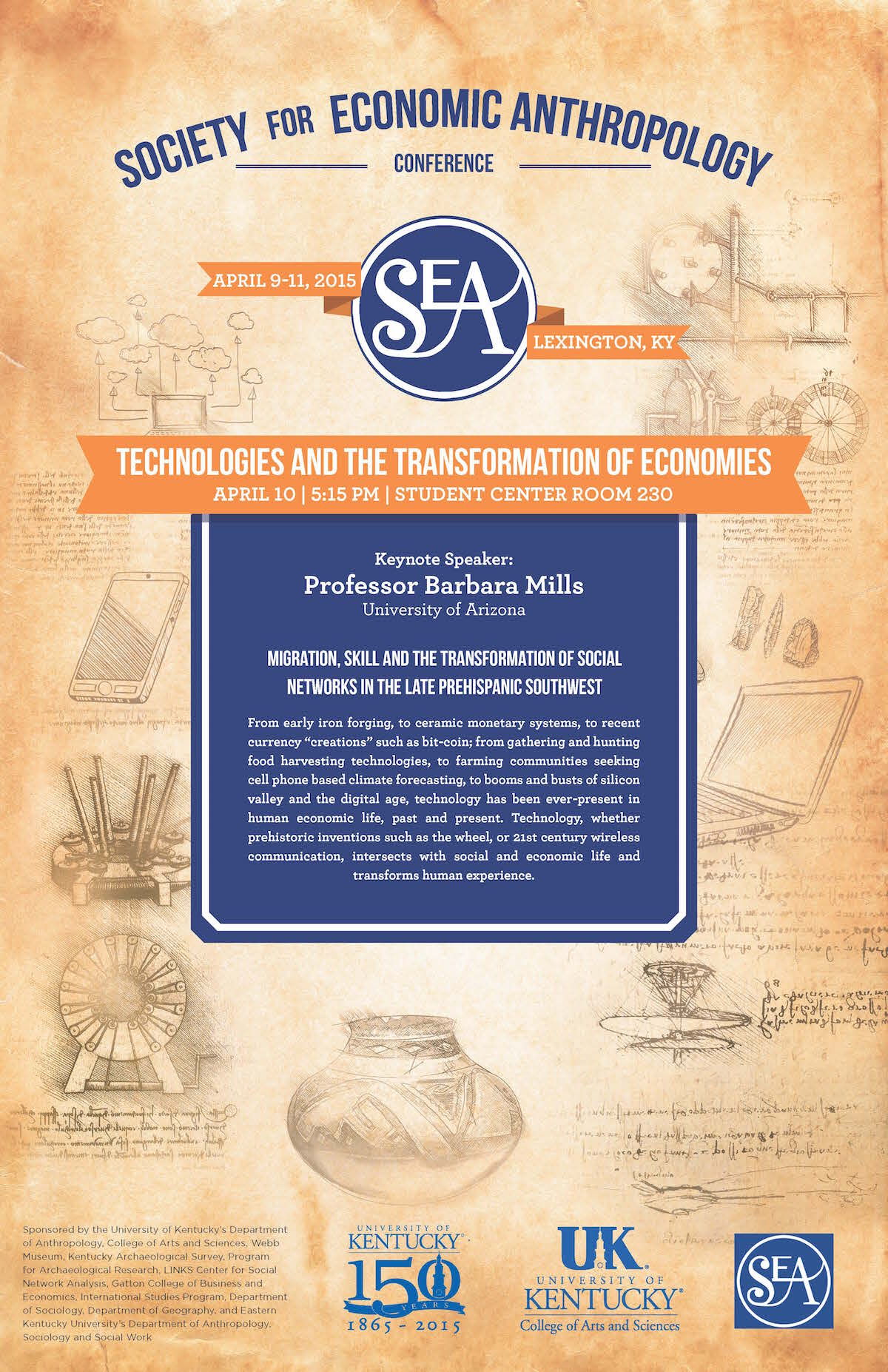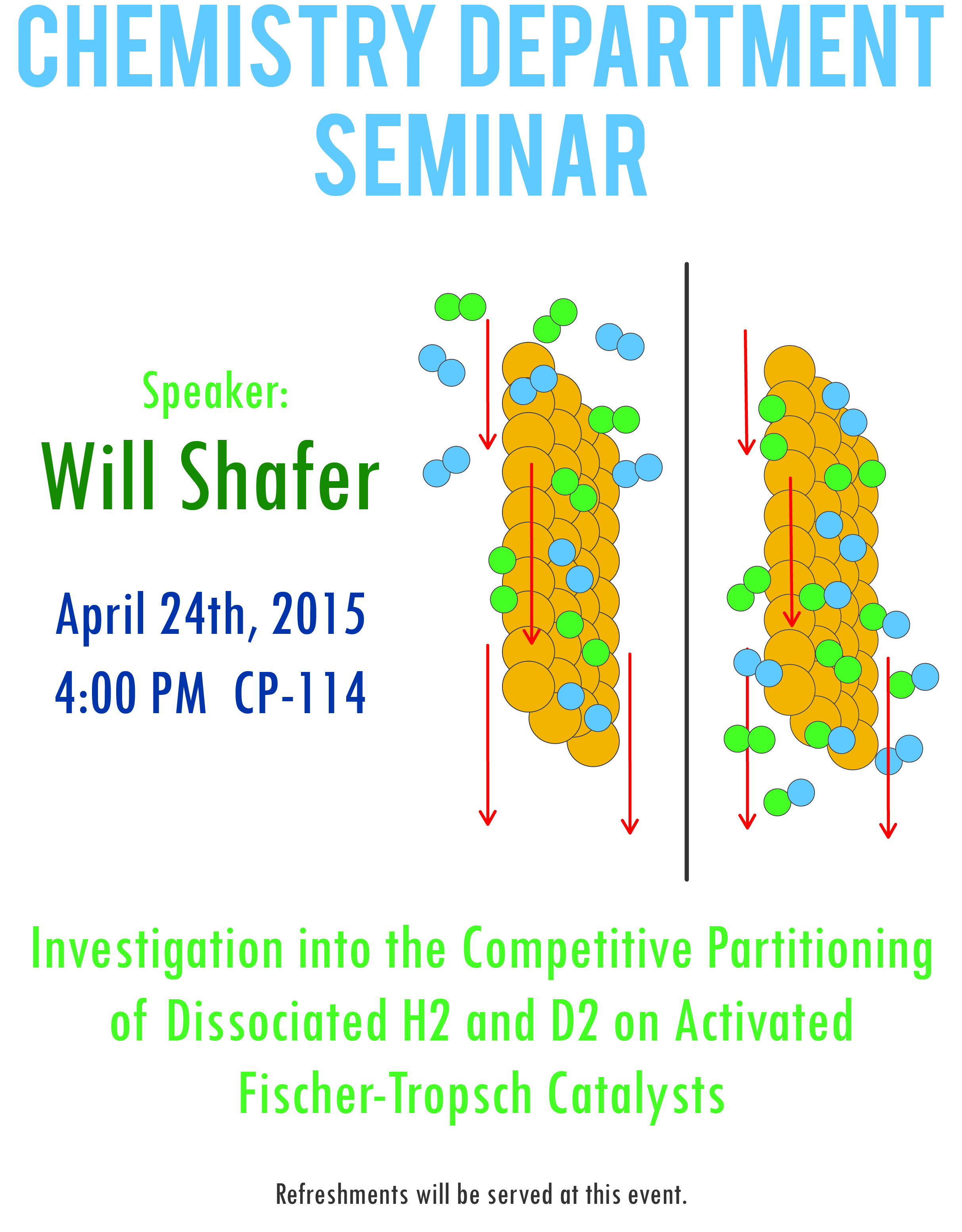College of Arts and Sciences Faculty and Teaching Awards
The College of Arts and Sciences will present the faculty and teaching awards for the past year on April 22 from 4:00-5:30 in the WT Young Library Auditorium. A reception will follow.
The recipients of this year's College faculty awards are:
- Beth Guiton, chemisty - Undergraduate Mentoring
- Shaunna Scott, sociology - Distinguished Service or Engagement
- Joseph Straley, physics & astronomy - Distinguished Service or Engagement
- Christia Brown, psychology - Diversity and Inclusion
- Joseph Brill, physics & astronomy - Graduate Mentoring
- Thomas Janoski, sociology - Graduate Mentoring
- Linda Worley, modern & classical languages, literatures & cultures - Graduate Mentoring
The recipeints of this year's College teaching awards are:
- Renee Fatemi, physics & sstronomy - Outstanding Teaching Award
- Moisés Castillo, hispanic studies - Outstanding Teaching Award
- Charley Carlson, psychology - Outstanding Teaching Award
- Anna Voskresensky, modern & classical languages, literatures & cultures - Outstanding Teaching Award
- Michelle Sizemore, English - Teaching in Large Classes
- Ruth Brown, hispanic studies - Innovative Teaching



